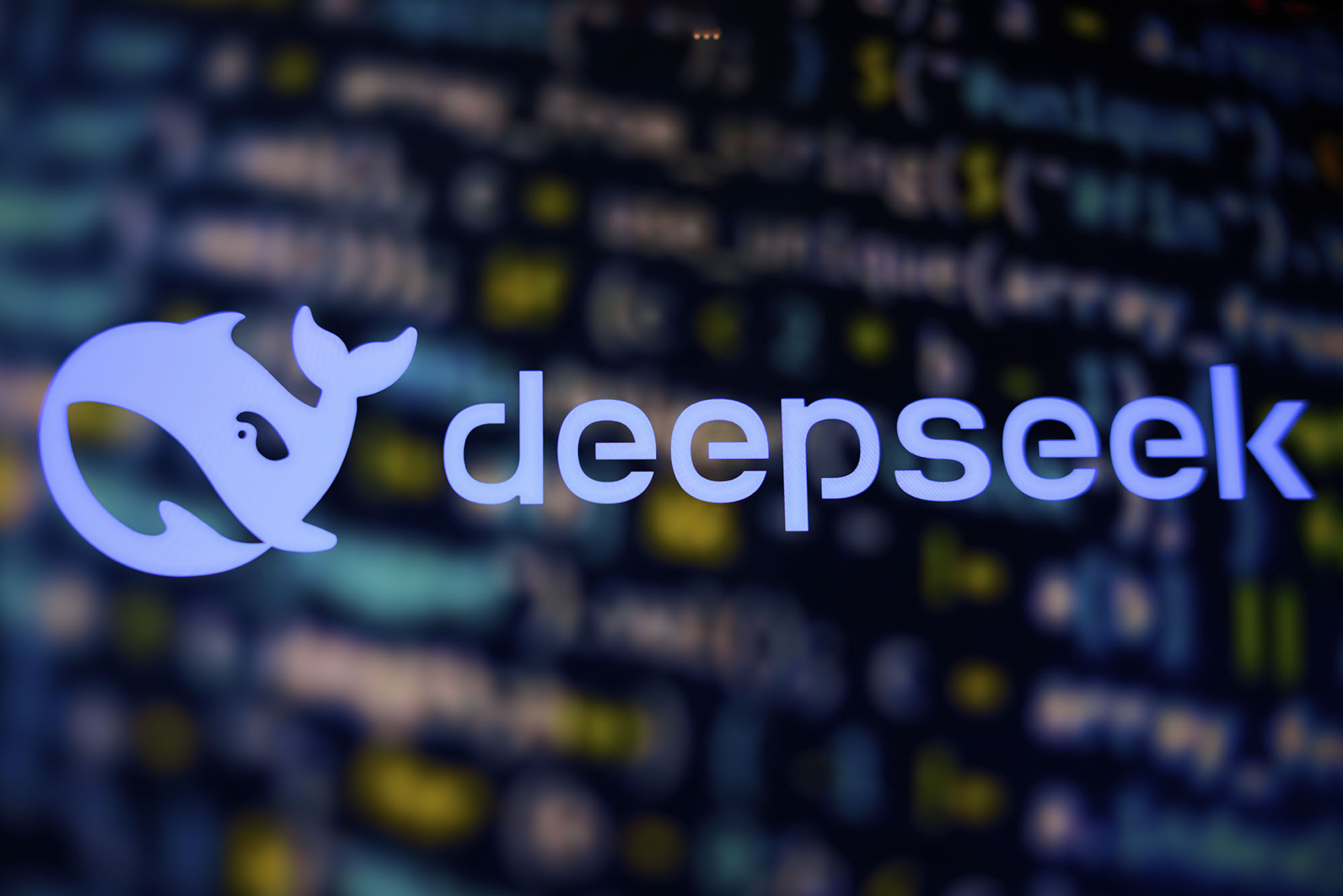
It's been a couple of days since DeepSeek, a Chinese synthetic intelligence (AI) company, rocked the world and global markets, sending American tech titans into a tizzy with its claim that it has developed its chatbot at a tiny portion of the expense and energy-draining information centres that are so popular in the US. Where business are putting billions into going beyond to the next wave of expert system.

DeepSeek is all over right now on social media and kenpoguy.com is a burning topic of discussion in every power circle on the planet.
So, what do we understand now?
DeepSeek was a side project of a Chinese quant hedge fund company called High-Flyer. Its expense is not just 100 times less expensive but 200 times! It is open-sourced in the true meaning of the term. Many American business try to solve this problem horizontally by constructing bigger data centres. The Chinese companies are innovating vertically, utilizing new mathematical and engineering techniques.
DeepSeek has actually now gone viral and coastalplainplants.org is topping the App Store charts, having beaten out the previously undisputed king-ChatGPT.
So how precisely did DeepSeek handle to do this?
Aside from more affordable training, refraining from doing RLHF (Reinforcement Learning From Human Feedback, an artificial intelligence strategy that uses human feedback to enhance), quantisation, and caching, where is the decrease originating from?
Is this since DeepSeek-R1, utahsyardsale.com a general-purpose AI system, isn't quantised? Is it subsidised? Or is OpenAI/Anthropic simply charging too much? There are a couple of basic architectural points compounded together for huge savings.
The MoE-Mixture of Experts, an artificial intelligence method where several professional networks or students are utilized to break up a problem into homogenous parts.
MLA-Multi-Head Latent Attention, probably DeepSeek's most important innovation, to make LLMs more efficient.
FP8-Floating-point-8-bit, a data format that can be utilized for training and inference in AI designs.
Multi-fibre Termination Push-on connectors.
Caching, a process that shops multiple copies of information or files in a momentary storage location-or cache-so they can be accessed quicker.
Cheap electrical power
Cheaper products and expenses in general in China.
DeepSeek has likewise pointed out that it had actually priced earlier versions to make a small revenue. Anthropic and OpenAI had the ability to charge a premium since they have the best-performing models. Their clients are likewise mostly Western markets, which are more affluent and can pay for to pay more. It is likewise essential to not underestimate China's goals. Chinese are understood to sell products at exceptionally low prices in order to compromise rivals. We have actually formerly seen them selling products at a loss for 3-5 years in markets such as solar power and electrical automobiles until they have the marketplace to themselves and can race ahead technically.
However, we can not pay for to challenge the truth that DeepSeek has actually been made at a more affordable rate while utilizing much less electrical power. So, what did DeepSeek do that went so ideal?
It optimised smarter by proving that remarkable software application can conquer any hardware limitations. Its engineers ensured that they concentrated on low-level code optimisation to make memory use efficient. These improvements made sure that efficiency was not obstructed by chip restrictions.

It trained only the important parts by using a technique called Auxiliary Loss Free Load Balancing, which made sure that just the most pertinent parts of the design were active and updated. Conventional training of AI designs usually involves updating every part, including the parts that don't have much contribution. This leads to a huge waste of resources. This caused a 95 per cent reduction in GPU usage as compared to other tech huge business such as Meta.

DeepSeek utilized an ingenious method called Low Rank Key Value (KV) Joint Compression to conquer the obstacle of inference when it concerns running AI designs, which is extremely memory intensive and very costly. The KV cache shops key-value pairs that are essential for attention mechanisms, which consume a lot of memory. DeepSeek has discovered a service to compressing these key-value sets, utilizing much less memory storage.
And now we circle back to the most essential part, DeepSeek's R1. With R1, DeepSeek generally split one of the holy grails of AI, which is getting models to reason step-by-step without counting on mammoth monitored datasets. The DeepSeek-R1-Zero experiment showed the world something amazing. Using pure reinforcement finding out with carefully crafted benefit functions, DeepSeek handled to get models to establish sophisticated reasoning abilities completely autonomously. This wasn't purely for fixing or analytical; rather, the model organically found out to generate long chains of idea, self-verify its work, and designate more calculation problems to tougher issues.

Is this an innovation fluke? Nope. In truth, DeepSeek could just be the guide in this story with news of numerous other Chinese AI models appearing to offer Silicon Valley a jolt. Minimax and Qwen, both backed by Alibaba and Tencent, are some of the high-profile names that are promising big modifications in the AI world. The word on the street is: America built and keeps building bigger and larger air balloons while China simply built an aeroplane!
The author is an independent journalist and functions author based out of Delhi. Her main areas of focus are politics, social problems, environment change and lifestyle-related topics. Views revealed in the above piece are individual and exclusively those of the author. They do not necessarily show Firstpost's views.









